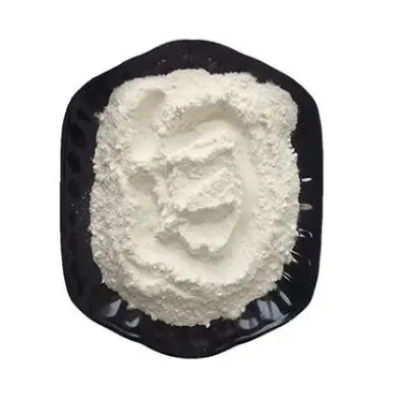Moxifloxacin InterMediate CAS:112811-71-9
Moxifloxacin, a fourth-generation fluoroquinolone antibiotic, is widely recognized for its effectiveness against a range of gram-positive and gram-negative bacteria. It is particularly noted for its use in treating respiratory tract infections, skin infections, and intra-abdominal infections. The synthesis of moxifloxacin involves multiple steps, each requiring specific chemical intermediates to achieve the desired efficacy and stability of the final product. Key intermediates in the synthesis of moxifloxacin include compounds that facilitate the introduction of the fluoro group, the carboxylic acid moiety, and the piperazinyl substituent essential for enhancing antibacterial activity. For example, starting materials like 1,3-diketones and amino acids often serve as precursors in the synthetic route. These intermediates are carefully chosen to ensure optimal reactivity and selectivity during chemical transformations. The importance of these intermediates extends beyond mere synthesis; they can significantly impact the biological profile of moxifloxacin. Modifications made to the intermediates can lead to variations in the drug's pharmacokinetics, such as absorption, distribution, metabolism, and excretion (ADME) characteristics. Understanding these relationships aids medicinal chemists in optimizing the drug design process, potentially leading to new derivatives with enhanced antimicrobial properties or reduced side effects. Moreover, ongoing research into moxifloxacin intermediates contributes to the broader field of antibiotic development. As bacterial resistance becomes an increasing concern, insights gained from studying these intermediates may pave the way for developing novel compounds that combat resistant strains of bacteria. In summary, moxifloxacin intermediates are integral to its synthesis and therapeutic functionality, providing valuable insights into antibiotic development and optimization strategies in pharmaceutical chemistry. Their study is critical in addressing current challenges in infectious disease management.



| Composition | C16H15F2NO4 |
| Assay | 99% |
| Appearance | white powder |
| CAS No. | 112811-71-9 |
| Packing | Small and bulk |
| Shelf Life | 2 years |
| Storage | Store in cool and dry area |
| Certification | ISO. |









